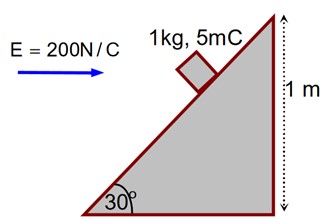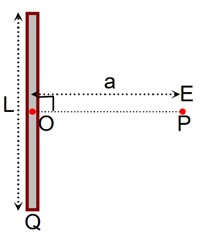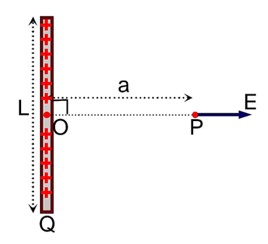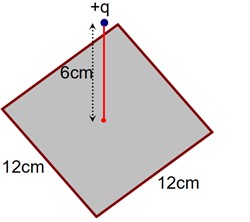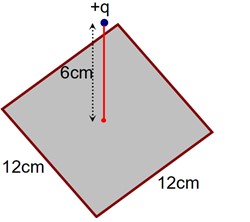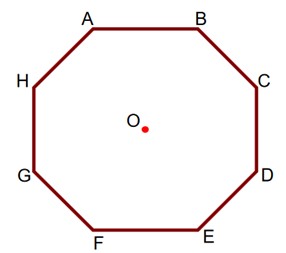Physics Electric Charge and Field
Get insights from 91 questions on Physics Electric Charge and Field, answered by students, alumni, and experts. You may also ask and answer any question you like about Physics Electric Charge and Field
Follow Ask QuestionQuestions
Discussions
Active Users
Followers
New answer posted
3 months agoContributor-Level 9
F_net = -kq²/ (l+x)² + kq²/ (l-x)²
= kq² [ (l+x)² - (l-x)² / (l²-x²)² ]
= kq² [ 4lx / (l²-x²)² ]
For x << l,
ma ≈ -4kq²x / l³
a = - (4kq²/ml³)x
ω² = 4kq²/ml³
ω = √ (4kq²/ml³)
= √ (4 * 9*10? * 10 / (1*10? * 1)
= 6 * 10? rad/s
= 6000 * 10? rad/s

New answer posted
3 months agoContributor-Level 10
T sin θ = (1/4πε? ) * q²/ (2lsinθ)²
T cos θ = mg
∴ tan θ = q² / (4πε? mg * 4l²sin²θ)
[tan θ ≈ θ, for small angle]
So, θ³ = q² / (16πε? mgl²)
θ = ( q² / (16πε? mgl²) )¹/³
Also separation = 2l sin θ ≈ 2lθ
= 2l ( q² / (16πε? mgl²) )¹/³
= ( 8q²l³ / (16πε? mgl²) )¹/³
= ( q²l / (2πε? mg) )¹/³
New answer posted
3 months agoBeginner-Level 5
The best conductor of electricity is Silver (Ag) at room temperature. It is not used in normal wiring even though being the best conductor because of its high cost.
Electrical Conductivity ():
Electrical Resistivity (): (the lowest among all metals)
New answer posted
3 months agoContributor-Level 10
Flux through the 6 sides of square (i.e. cube)
Flux through a square
New question posted
3 months agoNew answer posted
3 months agoContributor-Level 10
Since force will act in horizontal direction so vertical component of speed will be same
v1 cos α = v2 cos β
Taking an Exam? Selecting a College?
Get authentic answers from experts, students and alumni that you won't find anywhere else
Sign Up on ShikshaOn Shiksha, get access to
- 65k Colleges
- 1.2k Exams
- 679k Reviews
- 1800k Answers

